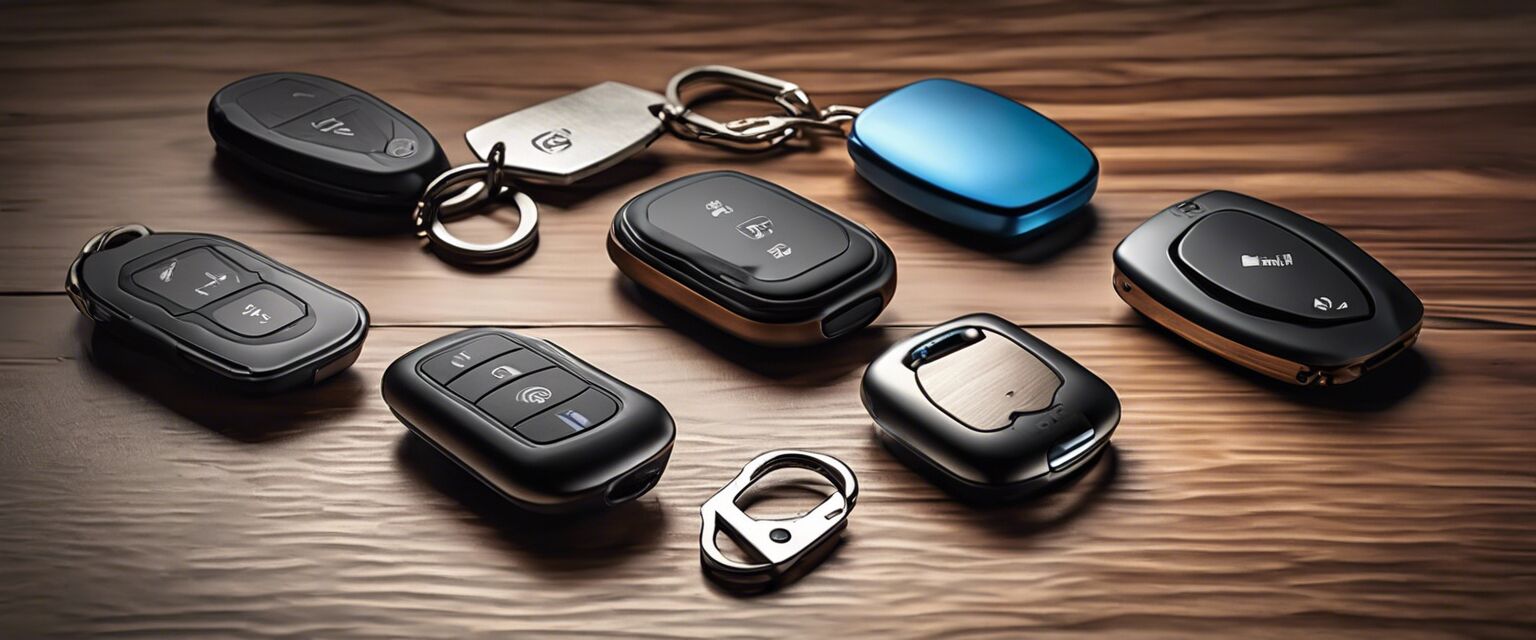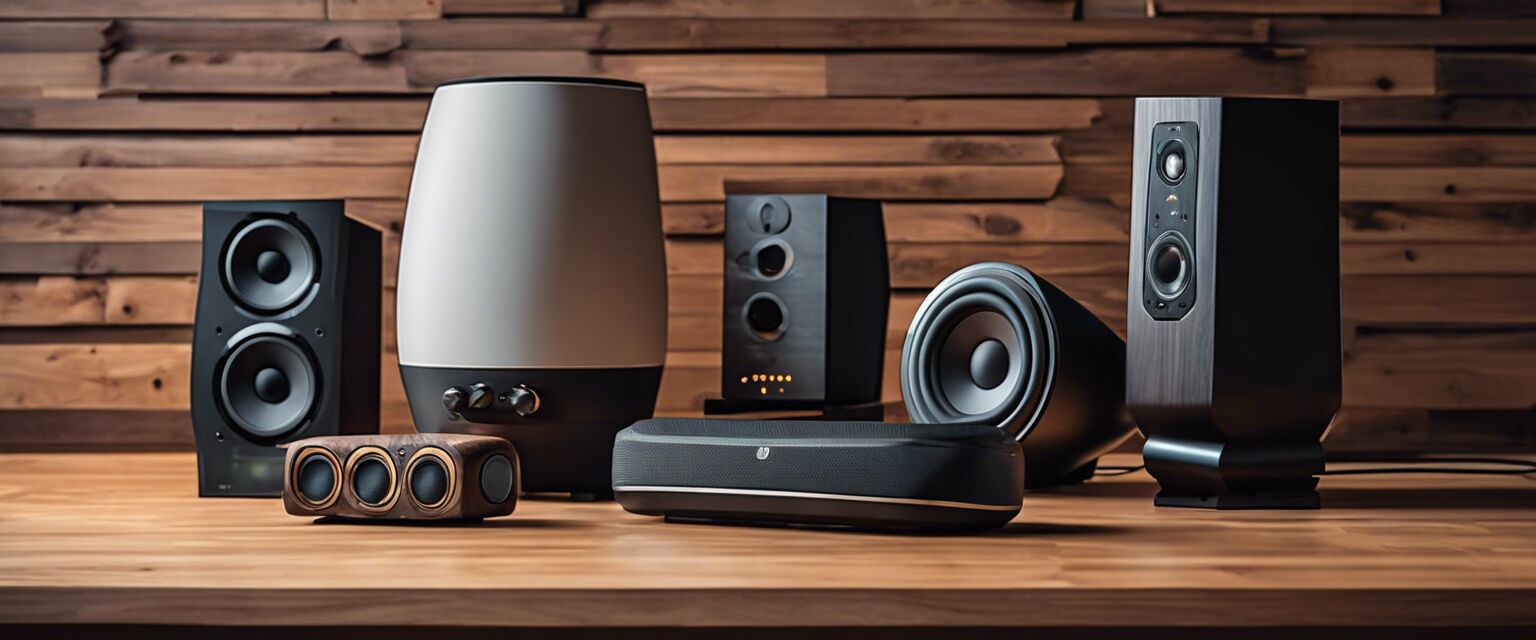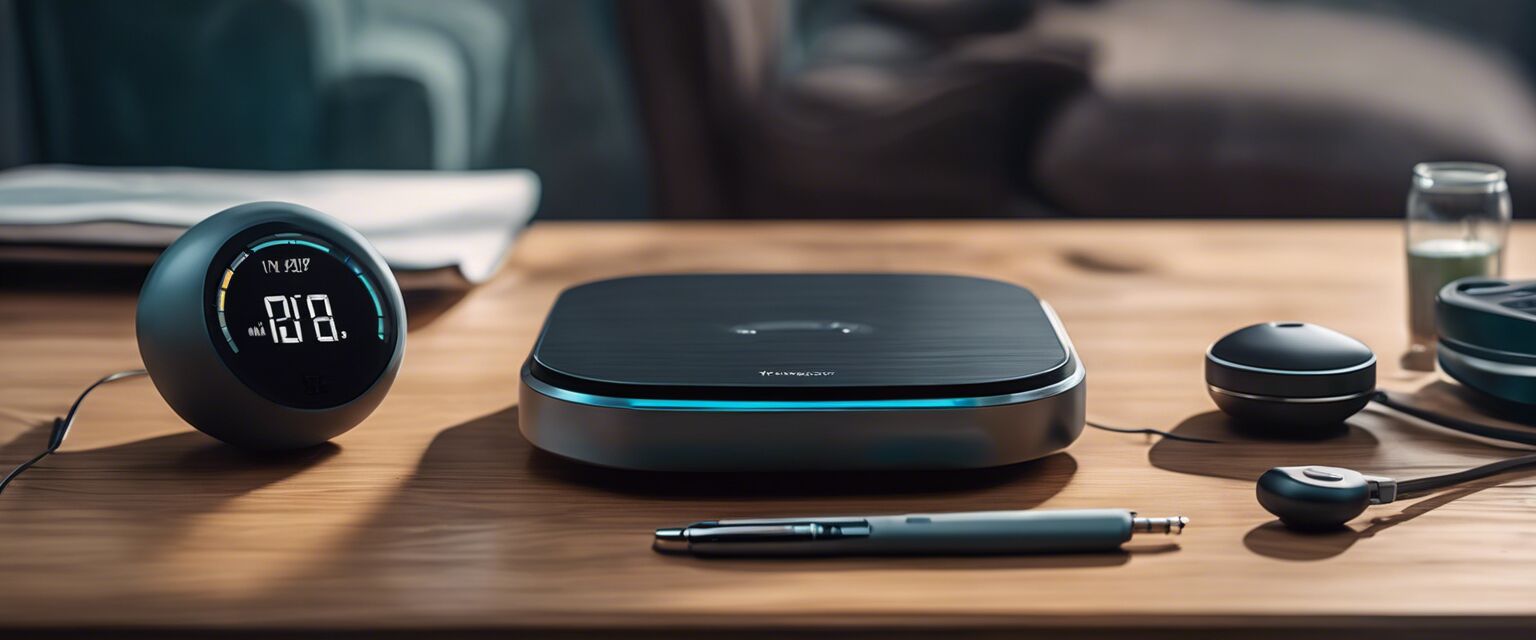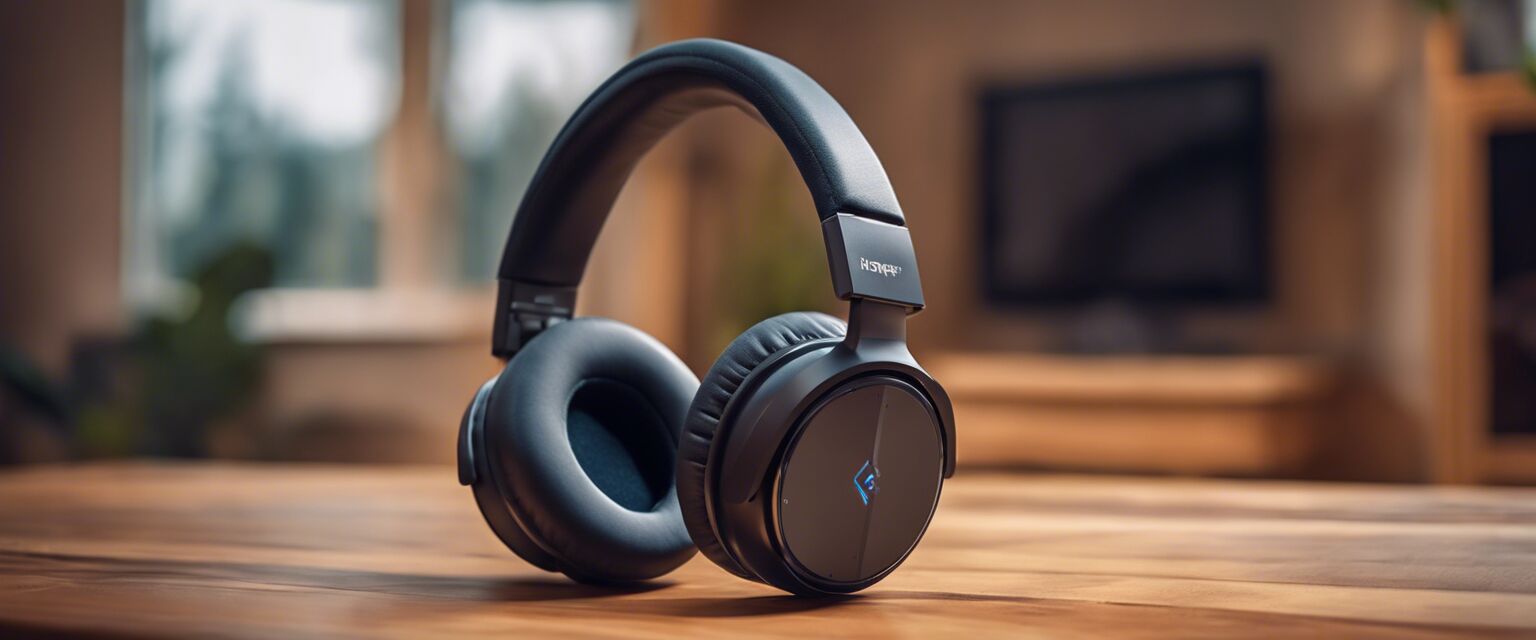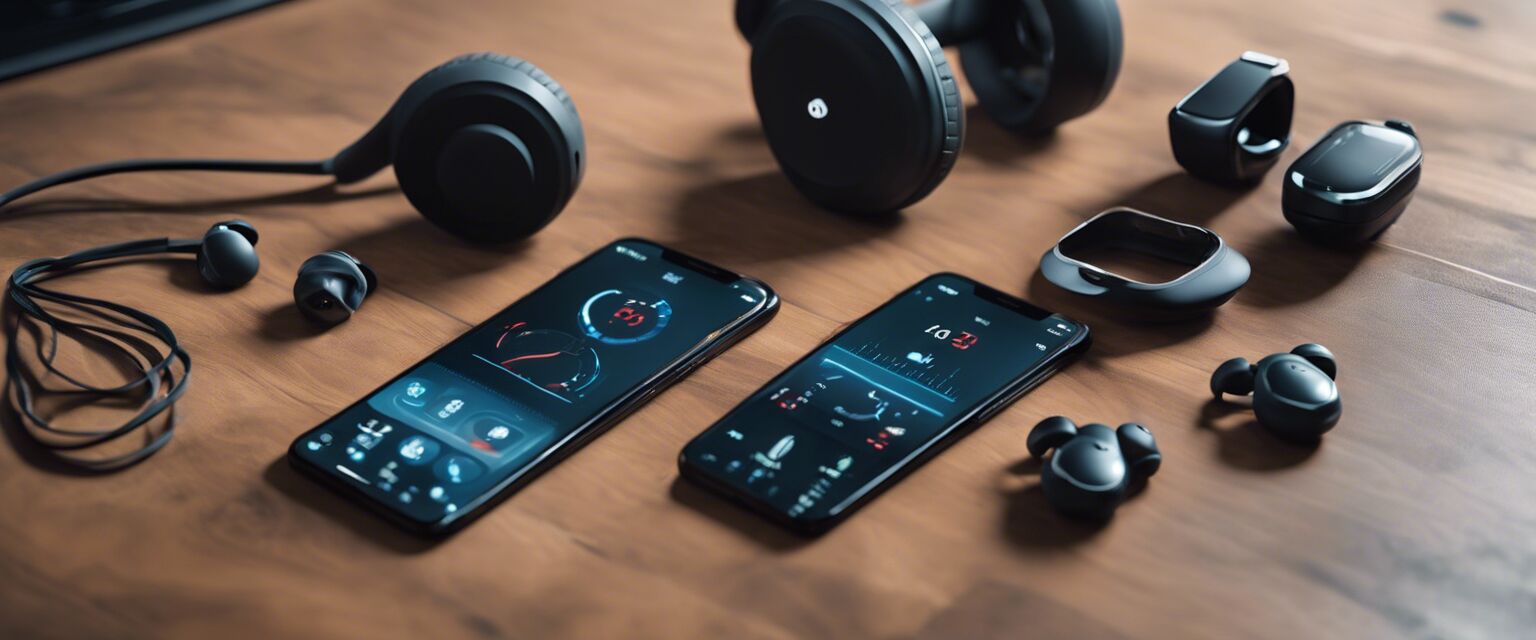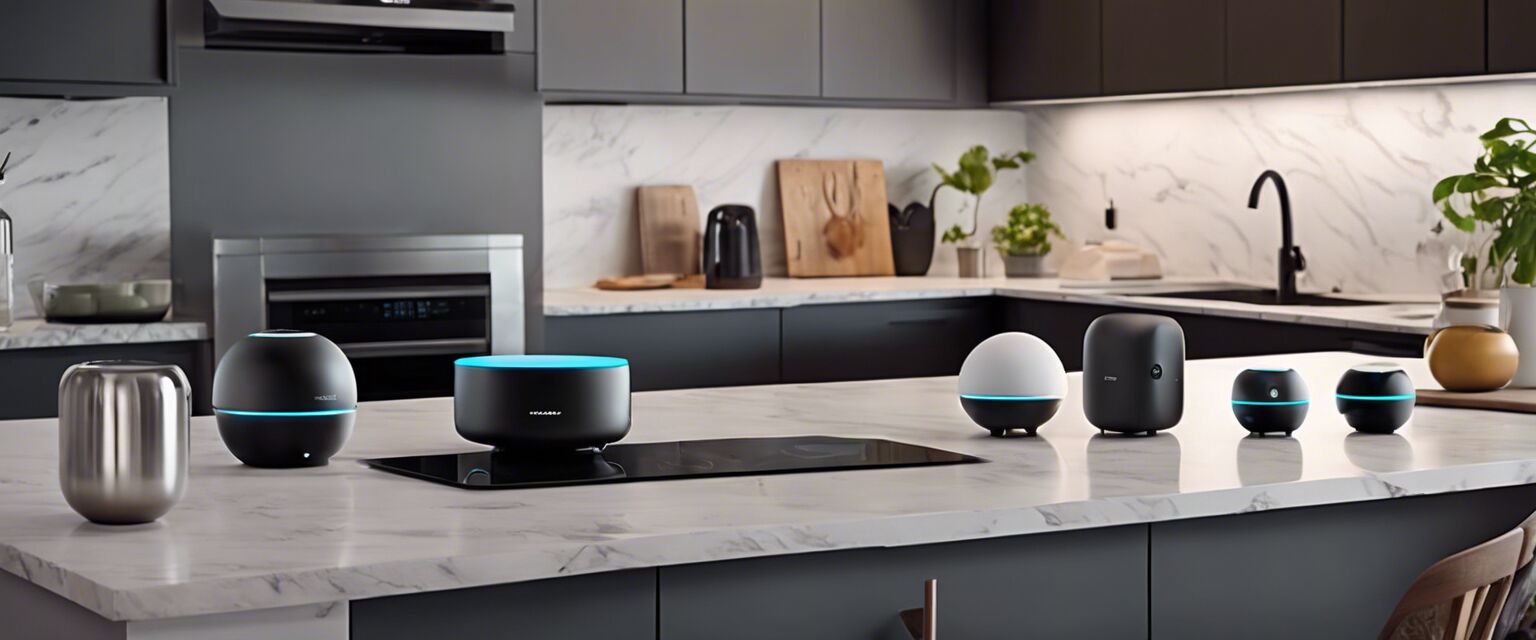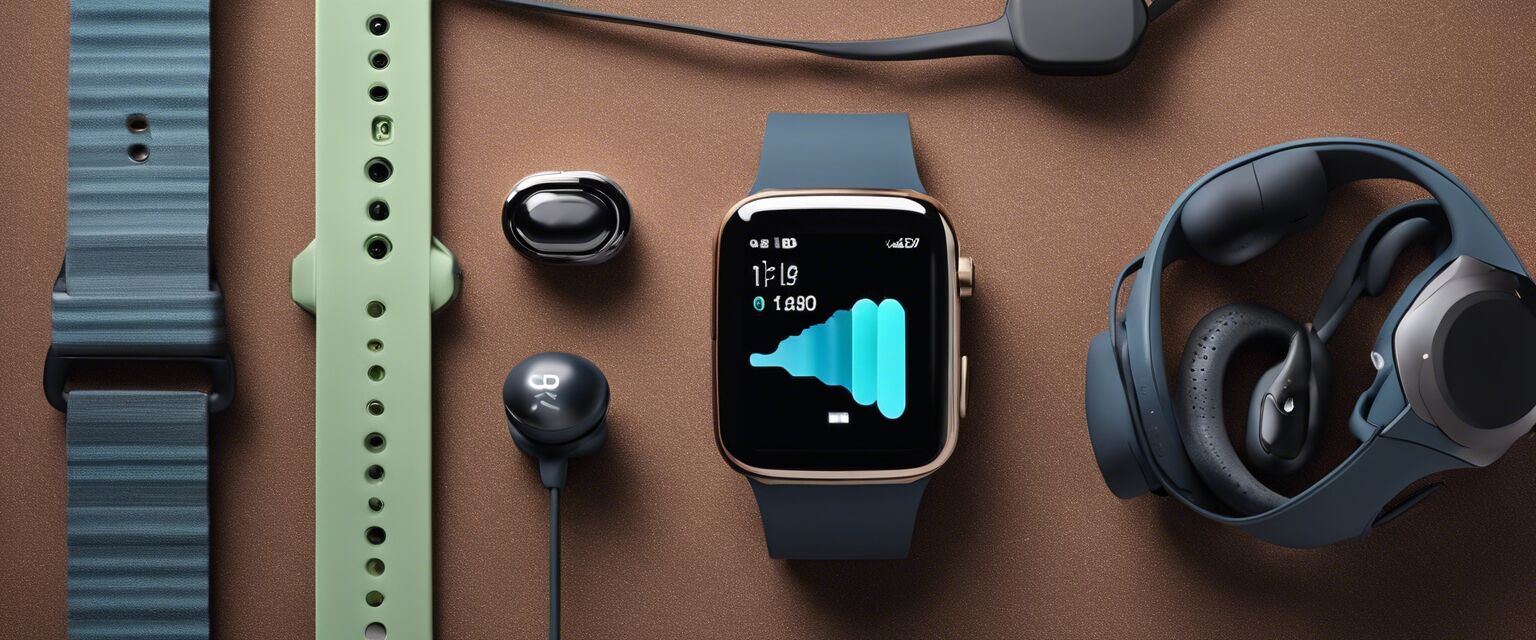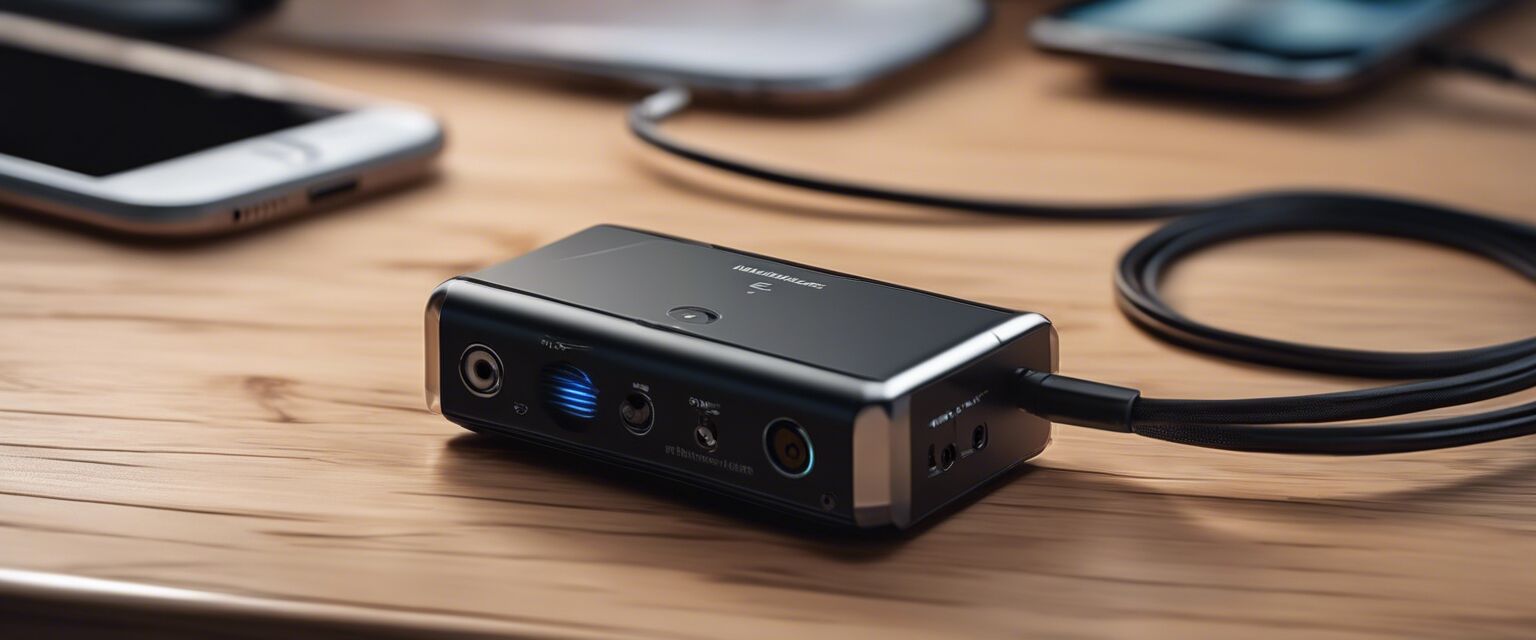
Bluetooth Audio Adapters
Key Takeaways
- Bluetooth audio adapters enhance audio quality and allow wireless connectivity.
- They are compatible with various devices including speakers, headphones, and car audio systems.
- Choosing the right adapter depends on your specific audio needs and device compatibility.
In today's world, the significance of Bluetooth technology cannot be overstated. Bluetooth audio adapters are a fantastic solution for upgrading your existing audio equipment, providing you with the convenience of wireless connectivity. In this article, we will explore the various types, benefits, and features of Bluetooth audio adapters, ensuring you make an informed decision.
What is a Bluetooth audio adapter?
A Bluetooth audio adapter is a device that enables wireless audio streaming from a Bluetooth-enabled source, like a smartphone or tablet, to a non-Bluetooth audio device, such as speakers or headphones. It serves as a bridge between older audio equipment and modern wireless technology.
Types of Bluetooth audio adapters
Bluetooth audio adapters come in various forms, each catering to different audio setups. Here are the main types:
| Type | Description |
|---|---|
| Transmitter | Allows non-Bluetooth devices to transmit audio to Bluetooth speakers or headphones. |
| Receiver | Enables Bluetooth devices to receive audio from non-Bluetooth speakers or audio systems. |
| 2-in-1 Adapter | Functions as both a transmitter and receiver, offering greater versatility. |
Benefits of using Bluetooth audio adapters
There are numerous advantages to using Bluetooth audio adapters:
- Wireless Convenience: Stream music from your smartphone without the need for cables.
- Improved Sound Quality: Enhance the audio experience without compromising sound fidelity.
- Portability: Lightweight and compact, making them easy to carry and use on the go.
- Compatibility: Works with a wide range of devices, including TVs, speakers, and headphones.
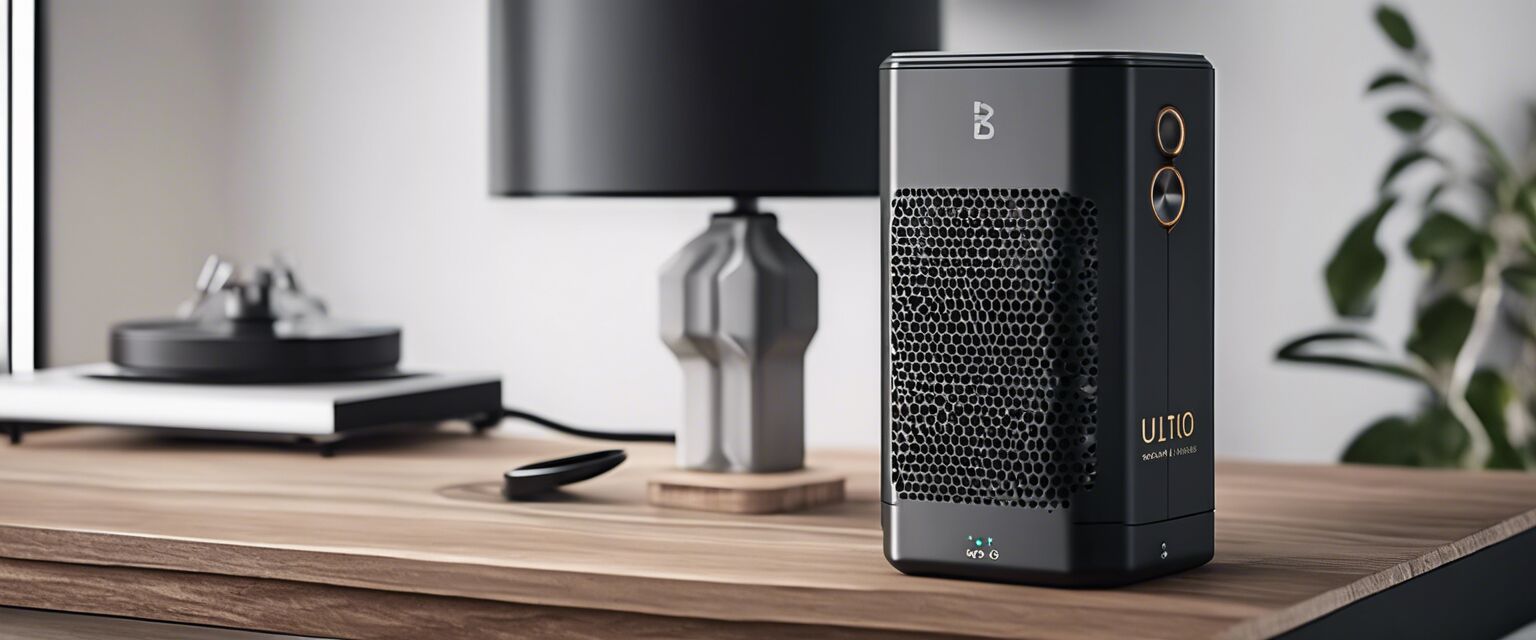
Choosing the right Bluetooth audio adapter
Selecting the best Bluetooth audio adapter for your needs involves several considerations:
- Compatibility: Ensure the adapter works with your existing audio equipment.
- Audio Quality: Look for adapters that support high-definition audio codecs.
- Range: Consider the Bluetooth range, especially if you plan to use it in larger spaces.
- Battery Life: Check how long the adapter can function on a single charge if it's portable.
Installation and setup
Setting up a Bluetooth audio adapter is typically straightforward. Follow these general steps:
- Connect the adapter to your audio device using the appropriate cable.
- Turn on the Bluetooth feature on your audio source (e.g., smartphone).
- Pair the devices by selecting the adapter from the Bluetooth settings.
- Enjoy your music wirelessly!
Common issues and troubleshooting
While Bluetooth audio adapters are generally reliable, you may encounter some common issues:
- Connection Problems: Ensure both devices are in pairing mode and within range.
- Audio Lag: Choose adapters that support low-latency codecs for better performance.
- Interference: Minimize obstacles between the adapter and the source device to reduce signal interference.
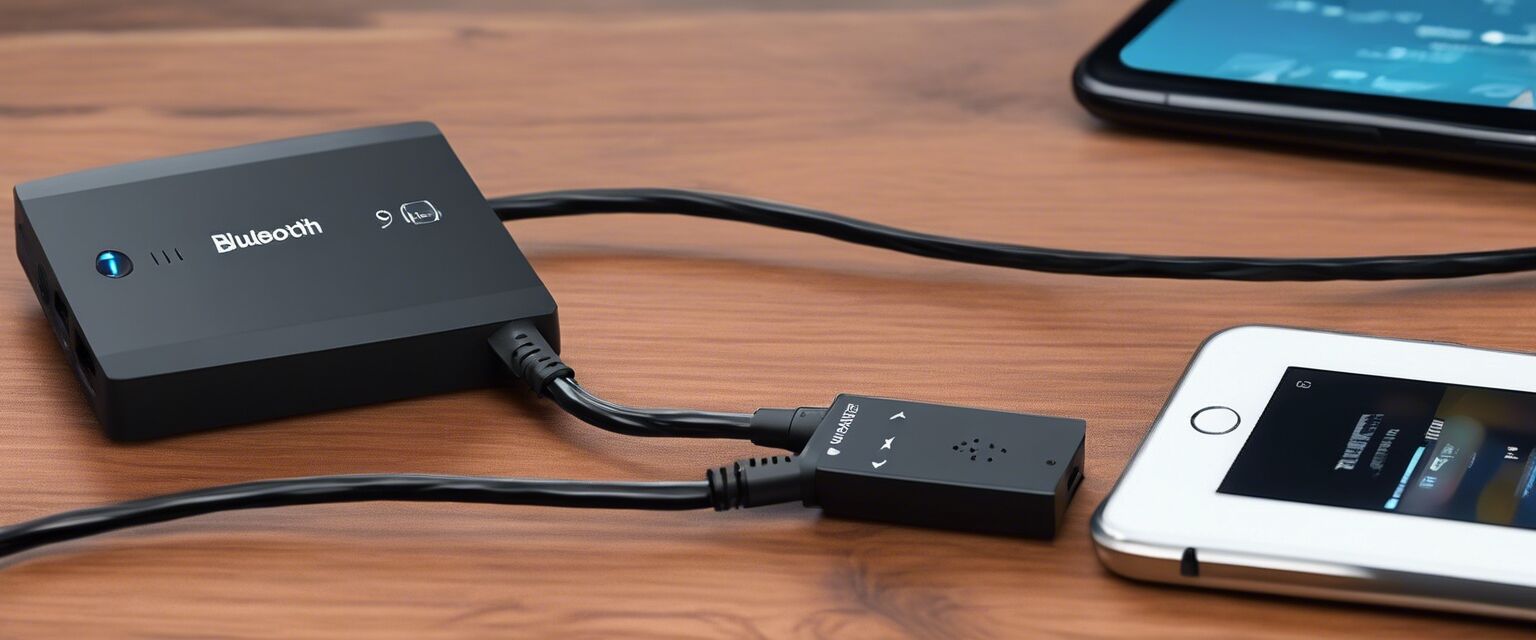
Pros and cons of Bluetooth audio adapters
Pros
- Easy to set up and use.
- Provides access to wireless audio streaming.
- Compatible with various audio devices.
- Compact and portable design.
Cons
- Possible audio lag with some adapters.
- Battery life may vary depending on usage.
- May require firmware updates for optimal performance.
Conclusion
Bluetooth audio adapters are an excellent way to modernize your audio setup, allowing for wireless streaming without sacrificing sound quality. By understanding the types available and how to choose the right one for your needs, you can enjoy the convenience of Bluetooth technology. Whether you're looking to upgrade your home audio system or want a portable solution, there is a Bluetooth audio adapter out there for you.
Tips for beginners
- Start with a basic adapter to understand your needs before upgrading.
- Read reviews and user experiences to find the best product.
- Keep your devices updated for the best performance.
- Experiment with different placements to maximize signal strength.


